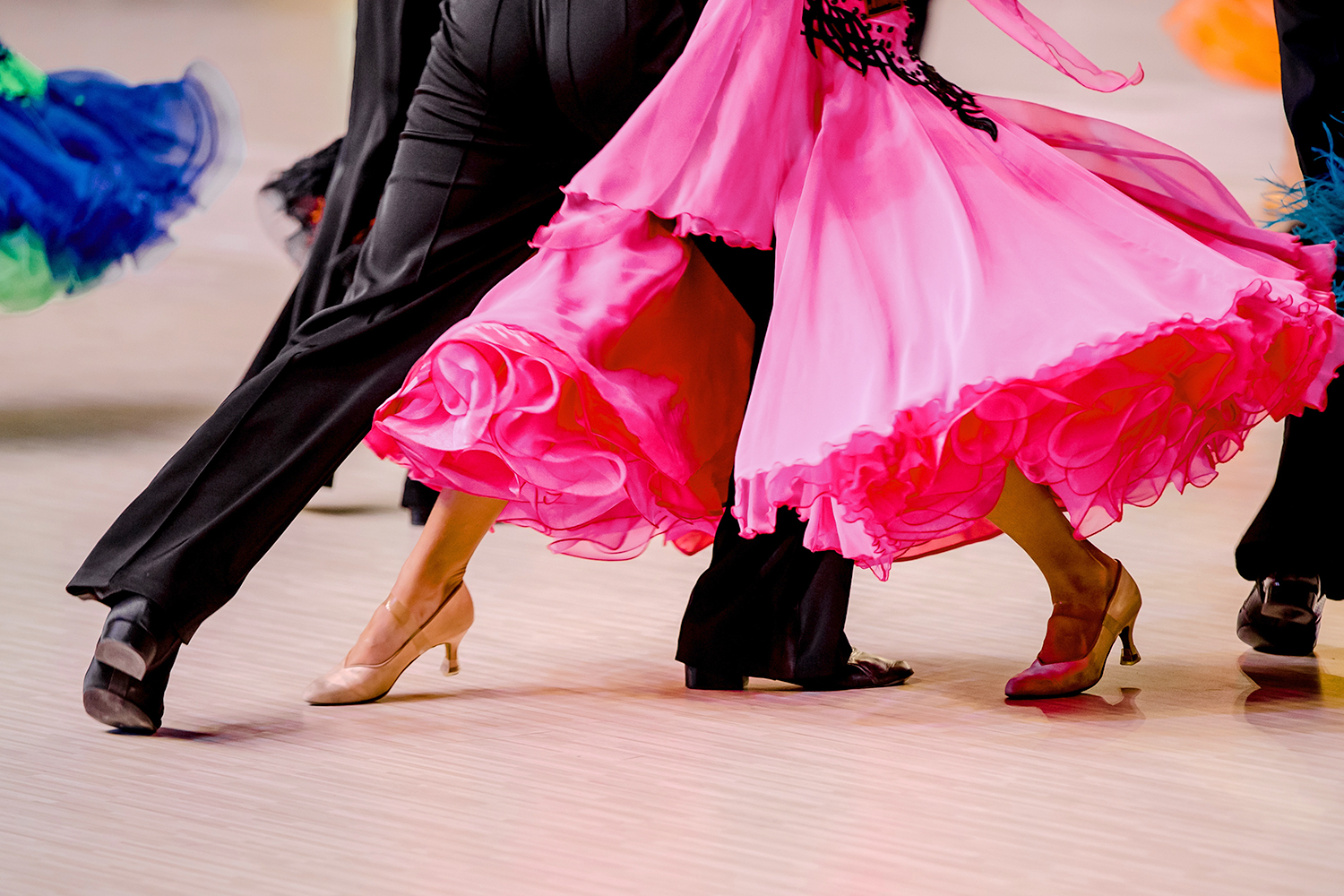Moving can seem unbearable if you are suffering from chronic fatigue and pain. Autoimmune illnesses and other medical conditions invite undesirable symptoms, frequent medical appointments, and stressors that can push exercise to the bottom of a to-do list. But moving doesn’t need to be yet another stressor. It can be soothing, healing, and even joyful.
For those of us who live with too much inflammation, movement can be a part of an integrative treatment plan. Researchers from the University of California San Diego School of Medicine found that as little as 20 minutes of moderate exercise daily can reduce inflammation by producing an anti-inflammatory cellular response.
Ballroom dance helps me manage and reduce the symptoms of Crohn’s disease, a chronic inflammatory bowel disease. It also strengthens my brain-body connection, and when I am happy, my body is happy. The positive impact it has on my pain, digestion, energy level, and mood has been life changing.
Dancing for Your Health
Doctors in the UK may soon be able to prescribe complementary treatment methods such as dance classes as part of patients’ treatments. Known as “social prescribing,” this type of intervention honors the ways that the arts enhance conventional medical treatment. We have not recognized social prescribing in the United States yet, but the impact of dance on health is no surprise.
In a study published in the Journal of Neural Transmission, dance classes showed physical, emotional, and social benefits for people with Parkinson’s disease. The New England Journal of Medicine showed dancing significantly decreases the risk of dementia.
Science also confirms dancing makes you happy. By increasing self-esteem and a positive body image, reducing depression, and building relationships with others, there is much to feel happy about. Moving also increases feel-good chemicals in our brains.
Healing Trauma Through Movement
Studies show there is a connection between stress, trauma, and chronic illness. While talk therapies can be effective, they are not always enough to heal trauma. Emotions and memories associated with trauma can get stored in the body, not just the mind. Movement combined with music and the social relationships formed through dancing provide a natural outlet for the release of trauma, stress, and negative emotions.
When we do things we love, we naturally move more. Even if dancing doesn’t appeal, there are many ways to move more and feel better because of it. When we remember that moving is about finding a rhythm that is uniquely ours, we are gentle with ourselves and seek activities that nurture our whole bodies.
So the next time moving gets pushed to the bottom of your list, remember, moving in your own way is part of living a fulfilled life.





